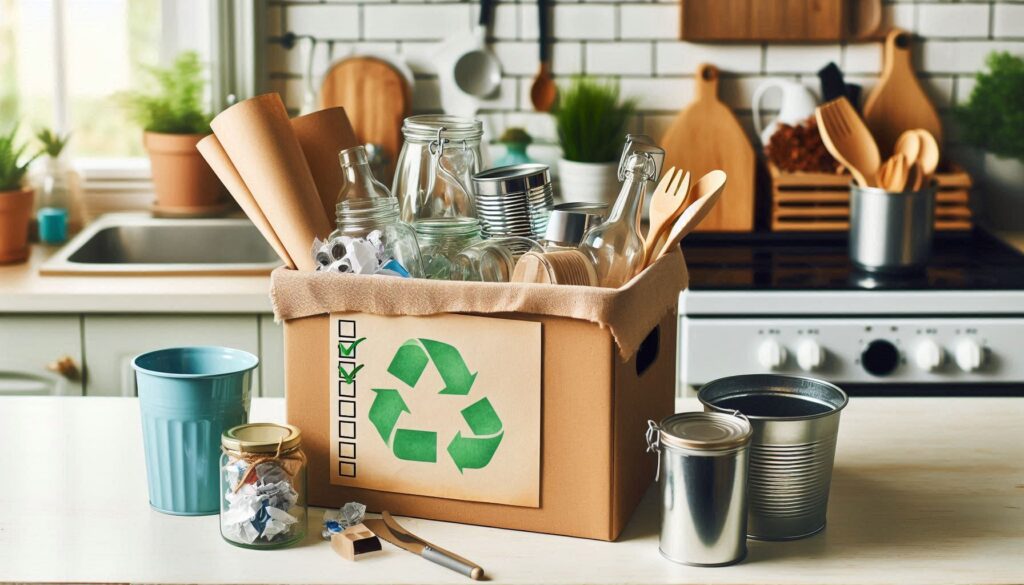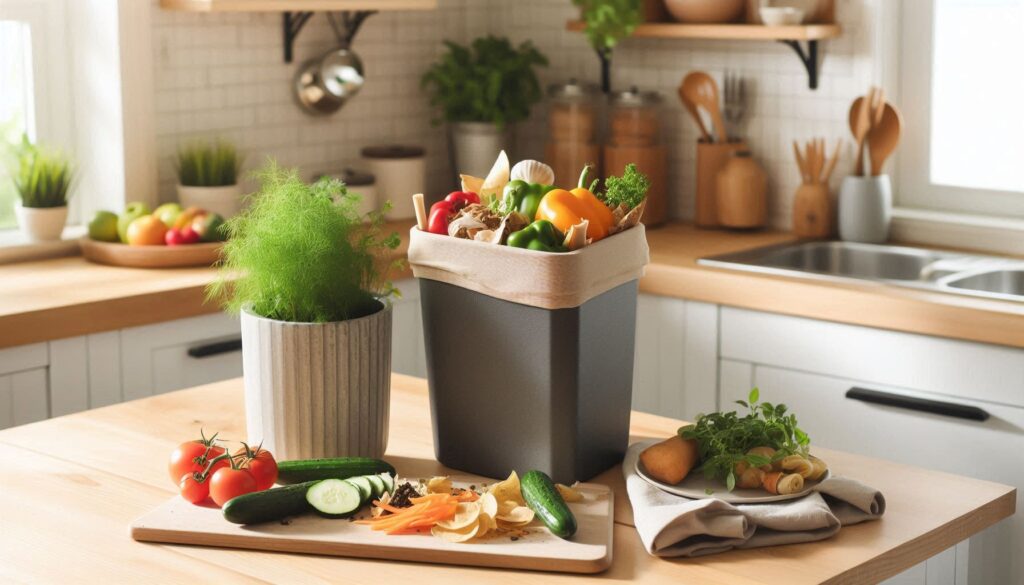Hey there, EcoDwellers! Welcome back to EcoDweller.com, where we’re all about making sustainable living simple for beginners. Today, we’re diving into zero waste for beginners—a key part of becoming an EcoDweller. The zero-waste lifestyle might sound intimidating, but it’s really about taking small, manageable steps to reduce your trash. In this guide, I’ll break down what zero waste for beginners means and share five easy steps to get you started. Let’s make reducing waste fun, doable, and eco-friendly!
What Is Zero Waste for Beginners?
At its core, zero waste for beginners is about minimizing the amount of trash you send to landfills by focusing on the “5 Rs”: Refuse, Reduce, Reuse, Recycle, and Rot. The goal isn’t to be perfect—it’s to be mindful. According to the EPA, the average American generates 4.9 pounds of waste daily, but with a zero-waste mindset, you can cut that down significantly. As an EcoDweller, you’ll learn to make smarter choices that benefit both you and the planet. Ready to dive into zero waste for beginners? Let’s get started with these five steps!

Step 1: Refuse What You Don’t Need
The first step in zero waste for beginners is to refuse unnecessary items. Say no to single-use plastics like straws, plastic bags, or freebies you won’t use. For example, when you’re at a café, politely decline a plastic straw (or bring your own reusable one—check out our list of eco-friendly products for ideas!).
Refusing is powerful: it stops waste before it even starts. The Ocean Conservancy reports that plastic straws are among the top 10 items found in beach cleanups. By refusing them, you’re making a big impact!

Step 2: Reduce What You Use
Next, focus on reducing what you consume. Buy only what you need, and choose products with minimal packaging. For example, shop in bulk sections at stores like Whole Foods and bring your own reusable containers. This cuts down on plastic packaging waste significantly.
Reducing is a key part of zero waste for beginners because it helps you rethink your habits. Need more tips on reducing? Check out The EcoDweller’s Guide to Sustainable Living for advice on living with less!

Step 3: Reuse What You Have
Reusing is all about getting creative with what you already own. Instead of buying new, repurpose items—like turning old jars into storage containers or using cloth scraps as cleaning rags. I love using mason jars to store leftovers; they’re versatile and plastic-free!
This step in zero waste for beginners saves money and reduces waste. According to the EPA, reusing items can significantly cut down on the 292 million tons of waste Americans generate annually.

Step 4: Recycle Properly
Recycling is a big part of zero waste for beginners, but it’s only effective if you do it right. Many people “wishcycle” by tossing items into the bin without checking if they’re recyclable—this can contaminate the whole batch. Take a few minutes to learn your local recycling rules (we covered this in our 5 Steps to Start Green Living post!).
For example, in most US cities, plastic bags can’t go in curbside bins but can be dropped off at grocery stores. The EPA’s recycling guide is a great resource to learn more.

Step 5: Rot (Compost) What You Can
The final step in zero waste for beginners is composting—turning food scraps and organic waste into nutrient-rich soil. Start small: collect fruit and veggie scraps, coffee grounds, and eggshells in a countertop compost bin. If you have a backyard, you can set up a compost pile; if not, look for local drop-off programs.
Composting keeps organic waste out of landfills, where it would release methane—a potent greenhouse gas. The USDA estimates that 30-40% of food waste in the US could be composted. It’s an easy way to close the loop!

Your Zero-Waste Journey Starts Now!
These five steps are the perfect introduction to zero waste for beginners. Pick one to try today—whether it’s refusing a plastic straw, shopping in bulk, or starting a compost bin—and you’ll be on your way to becoming a true EcoDweller. Want more sustainable ideas? Check out our 10 Must-Have Eco-Friendly Products for Beginners for green swaps, or revisit The EcoDweller’s Guide to Sustainable Living for a big-picture look at going green.
In the next post, we’ll explore “EcoDweller Hacks: Cut Kitchen Waste Today” to help you take your zero-waste journey even further (link to be added once the post is live). What’s your first zero-waste step going to be? Drop a comment—I’d love to hear!

